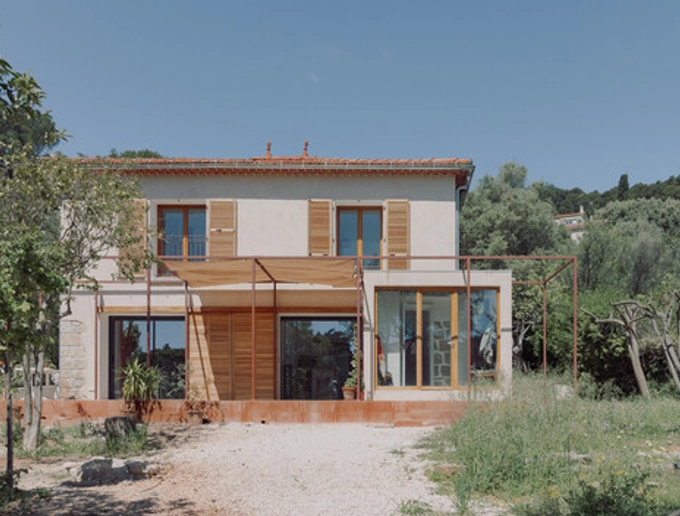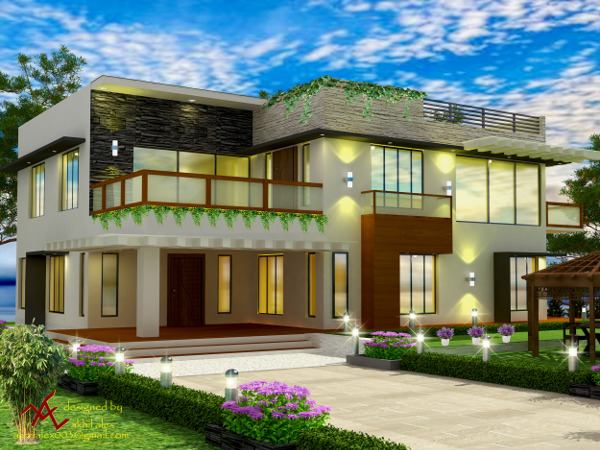Residential House Architect: Creating Unique Homes with Attention to Detail
Residential House Architect: Creating Unique Homes with Attention to Detail
Blog Article
Exactly How Residential Architects Create Custom-made Residences for each Lifestyle
The procedure by which property engineers design customized homes is a nuanced interplay of understanding client needs and converting those understandings into functional living spaces. Via extensive appointments and the use of design devices, architects record the essence of their customers' way of lives, making certain that each home reflects individual worths and ambitions. This joint method prolongs beyond preliminary concepts, including sustainable techniques and ingenious innovations to boost day-to-day living. As we explore the intricate actions entailed in this transformative process, a much deeper recognition for the architect's function in shaping unique environments begins to arise.
Recognizing Customer Demands

Efficient interaction is vital in this procedure. Designers should urge customers to verbalize their way of livings, household characteristics, and future desires, guaranteeing that the layout reflects their unique identification. By utilizing tools such as questionnaires, meetings, and aesthetic surveys, architects can collect beneficial understandings right into the client's vision.
Furthermore, understanding the context in which a home will certainly exist is essential. Designers must think about factors such as the website characteristics, local climate, and cultural impacts that can affect the design. This alternative approach permits the production of areas that are not just visually pleasing but lasting and likewise practical.
Inevitably, a deep understanding of client needs makes it possible for architects to produce personalized homes that enhance the lifestyle for their occupants, fostering a feeling of belonging and convenience within their living environments.
Style Refine and Collaboration
The design process in household architecture is a dynamic interplay of creative thinking and collaboration, where architects, clients, and different stakeholders function closely to bring a vision to life. This iterative journey commonly begins with a collection of conferences to develop a comprehensive understanding of the customer's ambitions, choices, and way of life needs. Throughout these discussions, engineers collect crucial details, allowing them to conceptualize designs that straighten with the client's vision.
Following the first examinations, the style phase advances with illustrations, 3D designs, and architectural renderings. This visual interaction works as a device for engineers to present concepts, while also inviting client responses, making certain that the final layout resonates with their assumptions. Effective cooperation with engineers, service providers, and indoor developers is essential during this stage, as it makes certain that all practical elements of the task are perfectly incorporated.

Incorporating Lifestyle Elements
Integrating way of living components right into property layout is necessary for developing rooms that truly reverberate with the inhabitants. residential architecture homes. This process starts with understanding the one-of-a-kind demands, choices, and daily routines of the home owners. Architects involve in thorough conversations to reveal exactly how the specific or family members utilizes their space, whether for enjoyable visitors, going after hobbies, or seeking quiet resort
As soon as these understandings are collected, architects can tailor layout functions that improve day-to-day experiences. Open flooring strategies might be made for family members that prioritize togetherness, while devoted work spaces can be integrated for those that work from home. Outside areas, such as yards or patios, can be highlighted for family members that appreciate exterior tasks or amusing.
In addition, adaptability is a key factor to consider; multi-functional areas permit versatility as lifestyles advance gradually. Customized storage space solutions can review likewise be included to satisfy particular organization needs, making sure that the home stays clutter-free and functional. Ultimately, by thoughtfully weaving way of life elements into the building fabric, domestic designers produce personalized homes that not just accomplish aesthetic needs yet likewise significantly enhance the high quality of life for their customers.
Lasting and Smart Design
Lasting and clever style increasingly plays a critical role in household style, as house owners look for to minimize their environmental effect while boosting their living experiences. Architects are currently integrating environment-friendly products, energy-efficient systems, and cutting-edge innovations to produce homes that not just meet visual needs but also serve the world.
Incorporating renewable power sources, such as solar panels and wind turbines, permits property owners to harness natural deposits, substantially decreasing reliance on conventional power grids. Smart home technologies better enhance sustainability by enhancing power usage via automated systems that regulate air conditioning, home heating, and lighting based on tenancy and choices.
Furthermore, using lasting building materials-- like reclaimed timber, bamboo, and reused steel-- advertises a round economy, reducing waste and source intake. Engineers also stress passive design concepts, making certain homes are oriented for maximum all-natural light and air flow, site here consequently minimizing the requirement for man-made heating & cooling.
Along with environmental advantages, lasting and wise layout adds to the total convenience and health and wellness of locals. By prioritizing indoor air high quality and natural environments, engineers produce areas that foster wellness, allowing property owners to prosper attuned to their atmosphere.
Completing and Carrying Out Plans
Completing and applying plans is a critical phase in the domestic architecture procedure, where the vision of a tailored home starts to appear. This phase includes thorough focus to detail, ensuring that every element of the layout is exactly verbalized and ready for building. residential architecture homes. Architects team up closely with customers to assess last plans, dealing with any type of final changes or problems, while making sure that all elements align with the homeowner's way of living needs
Once plans are finalized, architects prepare comprehensive building and construction papers, including detailed drawings and requirements that act as a plan for contractors. These documents detail products, finishes, and installation techniques, offering clarity for contractors and subcontractors. Additionally, protecting required authorizations and adhering to neighborhood building regulations is important, as it guarantees conformity and smooth job implementation.
Efficient communication is essential throughout this phase. Regular updates and discussions with home builders aid to minimize potential problems before they develop. By fostering a collective atmosphere, engineers can ensure that the implementation straightens with the original vision. Ultimately, this important stage transforms principles into reality, laying the structure for a home that reflects the unique way of living and choices of its residents.
Conclusion
In final thought, domestic designers play a crucial function in crafting personalized homes that cater to varied way of livings. Via meticulous understanding of client demands, joint design processes, and the assimilation of way of life elements, designers guarantee that each home shows specific choices.
The process by which residential engineers layout customized homes is a nuanced interaction of recognizing customer demands and translating those understandings right into useful living spaces. Through comprehensive appointments and the usage of style tools, designers capture the significance of their clients' lifestyles, making certain that each home mirrors personal worths and desires. Engineers must urge clients to articulate their way of livings, household dynamics, and future ambitions, guaranteeing that the style shows their unique identity.The style process in residential style is a vibrant residential interior architect interaction of creative thinking and collaboration, where engineers, customers, and various stakeholders work very closely to bring a vision to life - residential architecture homes. Via precise understanding of customer requirements, collaborative style procedures, and the assimilation of lifestyle elements, engineers guarantee that each home shows private choices
Report this page